When two tech giants join forces, you know something big is brewing. Samsung SDI and Tesla are reportedly negotiating a massive deal that could reshape the energy storage landscape, with discussions centered around a multi-billion-dollar battery supply agreement. This is not just another business partnership, but a strategic move that highlights Tesla's growing focus on energy storage systems and showcases Samsung's expanding role beyond traditional electronics.
The potential collaboration represents a three-year supply arrangement worth approximately $2.1 billion, aimed at Tesla's energy storage products, not their cars. Good timing too, Tesla's energy arm is surging just as Samsung shifts factory capacity from a cooling EV market to a red-hot storage sector.
Why energy storage batteries matter more than you think
Here is the twist: these cells are not for Tesla's vehicles. Samsung SDI would supply cells for Tesla's Megapack and potentially Powerwall products, focused entirely on stationary storage.
Tesla's energy division has been on a tear, with record-breaking deployments where Megapack installations are seemingly expanding faster than EV deliveries. Think about that for a moment. The growth rate in storage is outpacing the car side.
Zoom out and the picture sharpens. Tesla's energy business could eventually surpass its automotive operations, according to CEO Elon Musk. What happens after sunset, or on a windless day? Generation pauses, storage keeps the lights on. Energy storage systems bridge those gaps, making renewable power dependable around the clock.
Samsung's strategic pivot from EVs to energy storage
Samsung SDI's move is not happening in a vacuum. The company recently said demand from its joint venture partner, Stellantis, had dropped significantly, so parts of the Indiana EV battery lines are being repurposed for storage systems.
Call it a smart reroute. EV batteries face price pressure and slower adoption, while storage demand is accelerating worldwide. The shift is already visible, with Samsung SDI ramping up US-based energy storage battery production to reach 30GWh capacity by late 2026. That is a serious buildout.
One clear advantage is that Samsung is reportedly the only non-Chinese manufacturer producing prismatic LFP cells. For critical infrastructure, diverse supply is not just smart business; it is a strategic necessity.
The company has already begun local production of NCA batteries at its Indiana facility through StarPlus Energy, with mass production of LFP batteries starting this quarter. That domestic footprint slots neatly into a potential Tesla partnership and the push for American-made energy gear.
Breaking free from Chinese supply chains
This partnership targets a real pain point for Tesla. Right now, Tesla sources its energy storage batteries primarily from Chinese suppliers CATL and BYD, so diversifying matters.
A Samsung agreement would help Tesla reduce its dependence on China for crucial components, creating a supplier base spread across regions. With persistent geopolitical tension and shifting trade policies, single-region dependence for critical components is a risk no one wants.
There is a broader shift underway, too. South Korean battery manufacturers are increasingly shifting EV production capacity toward energy storage systems. At the same time, China still dominates cell manufacturing, with nearly all system integrators acquiring cells from the region, which makes a non-Chinese option from Samsung even more valuable.
Let us be blunt about the urgency. If you are building infrastructure to power entire cities, multiple reliable supply sources are a necessity, not a luxury.
The technology behind the partnership
Samsung brings real technical muscle. The relationship is not new; Samsung has been supplying energy storage batteries to Tesla since the fourth quarter of 2020, following earlier work on 18650 batteries in 2015 and 21700 batteries in 2017.
What is different now is scale and sophistication. Samsung's latest lineup includes US-manufactured SBB 1.7 and SBB 2.0 systems showcased at this year's RE+ conference. These are not incremental tweaks; they push energy density and safety forward.
Storage chemistry is its own game. EVs chase power density and fast charging, while stationary systems prize cycle life, safety, and cost. Samsung's LFP cells hit those marks, delivering thousands of cycles and strong thermal stability compared to high-nickel vehicle chemistries.
Expertise matters beyond the cell, too. Samsung is known for high-density lithium-ion cells with excellent lifecycle performance and strong safety ratings. These systems often sit near neighborhoods and businesses, so reliability and safety are non-negotiable.
What this means for the energy storage future
This deal reads as more than a supplier handshake; it signals where the market is headed. Tesla already operates large-scale battery installations across Australia, the UK, and the United States, and countries including Australia, Japan, Ireland, and California have signed long-term renewable storage contracts.
Here is the part that changes the grid itself. With modern battery management, smart grids can use AI to monitor power supply, predict energy demand, and optimize renewable output while reducing blackout risks. It is not just storage anymore; it is an intelligent network reacting in real time.
The scale is tough to overstate. As renewables dominate, storing and redistributing energy becomes the make-or-break. Megapacks filled with Samsung's cells could be the piece that makes renewables feel as steady as the old grid.
Both companies are still careful with details. Samsung responded to inquiries by stating that "nothing has been finalized yet". Even so, the direction is clear. This partnership would put both firms at the front of the energy transition, where storage sits alongside generation as a core capability.
Bottom line, two industry leaders are setting up for what could be the defining infrastructure shift of the next decade. Put Tesla's energy storage footprint together with Samsung's manufacturing depth and supply diversification, and you get a partnership with the potential to shape how the world stores and manages power for years.








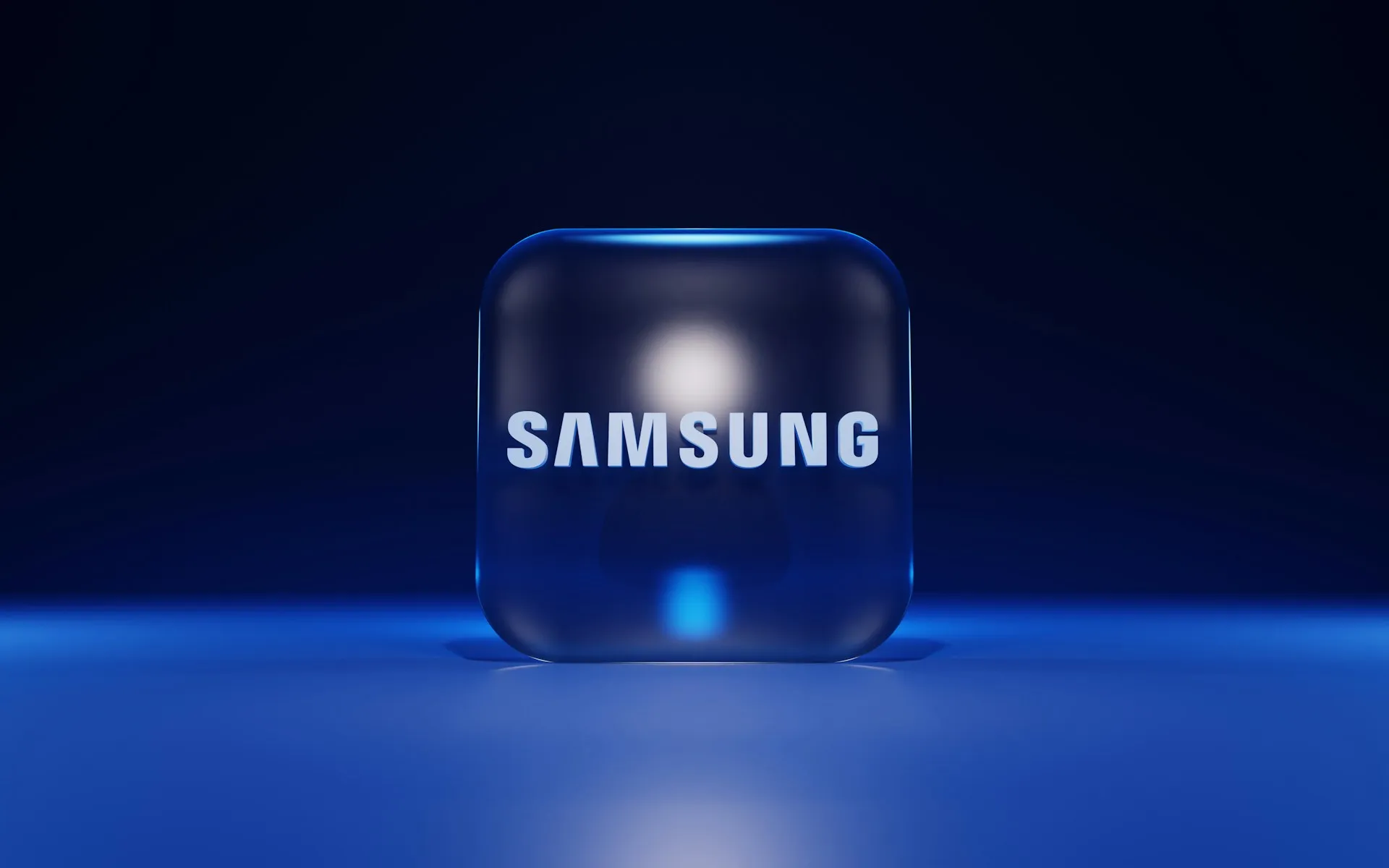



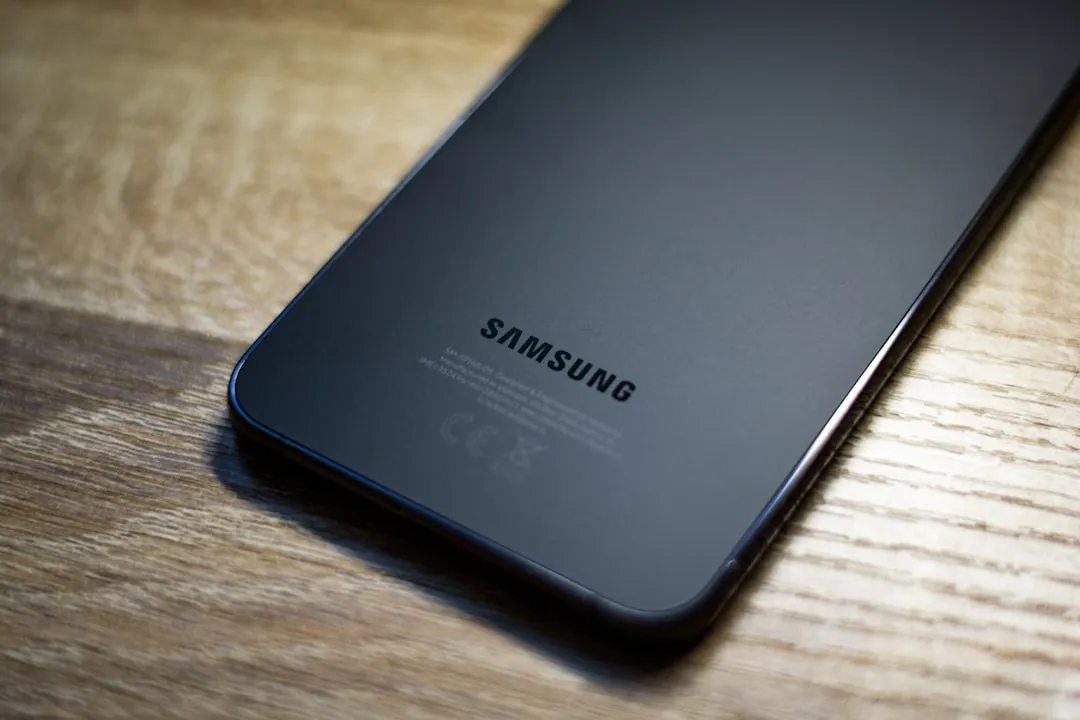


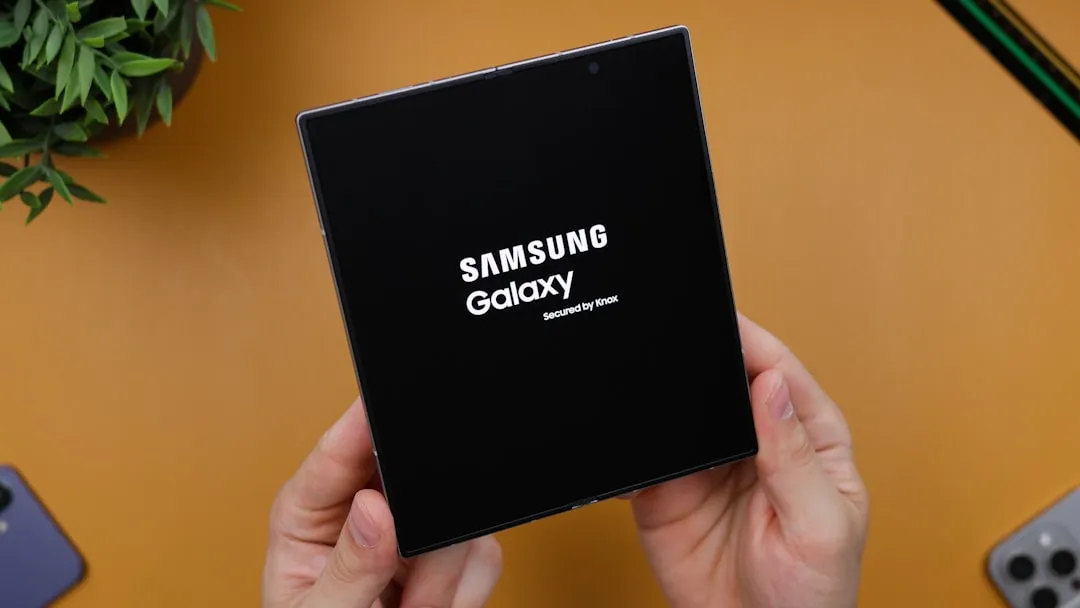


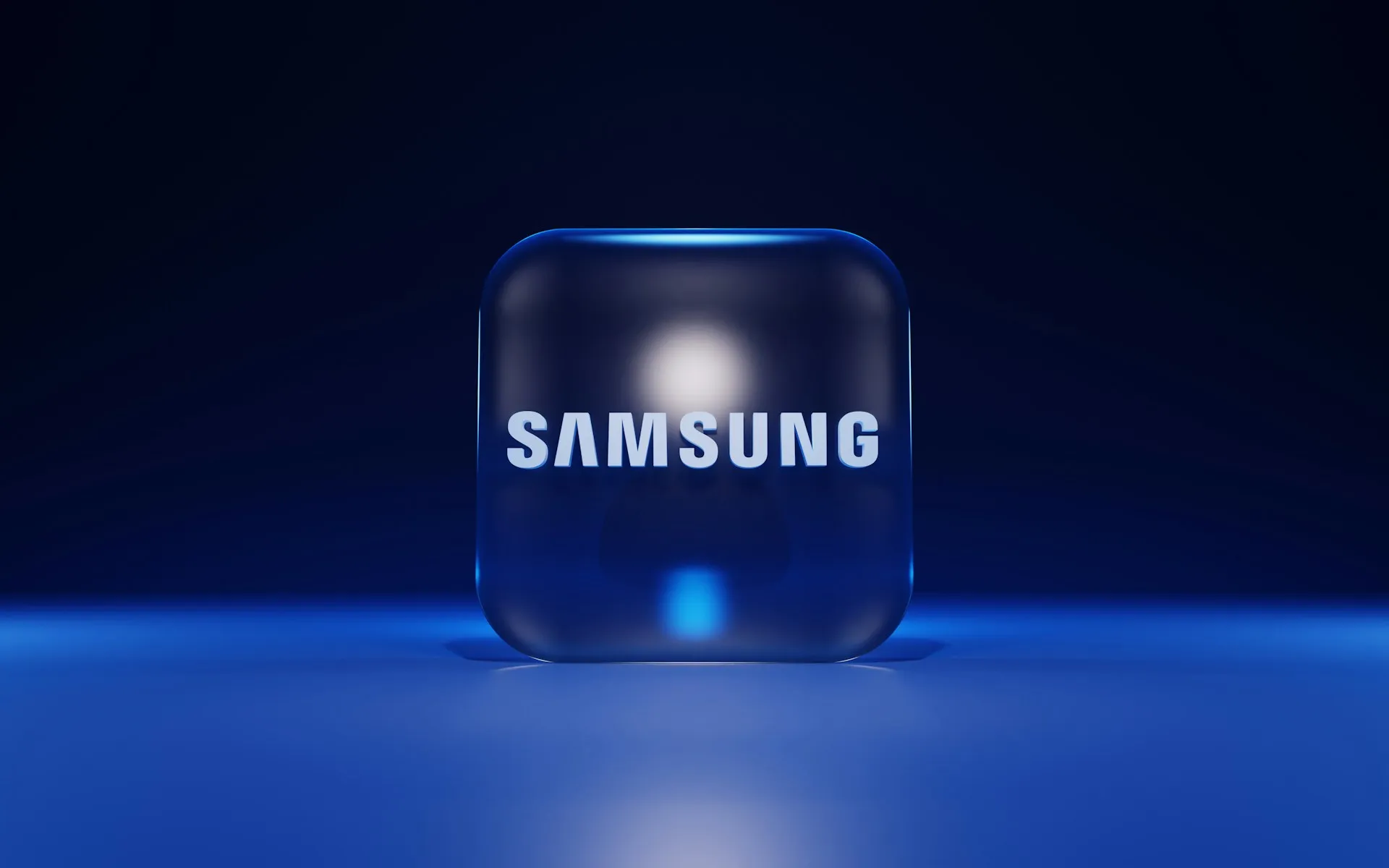

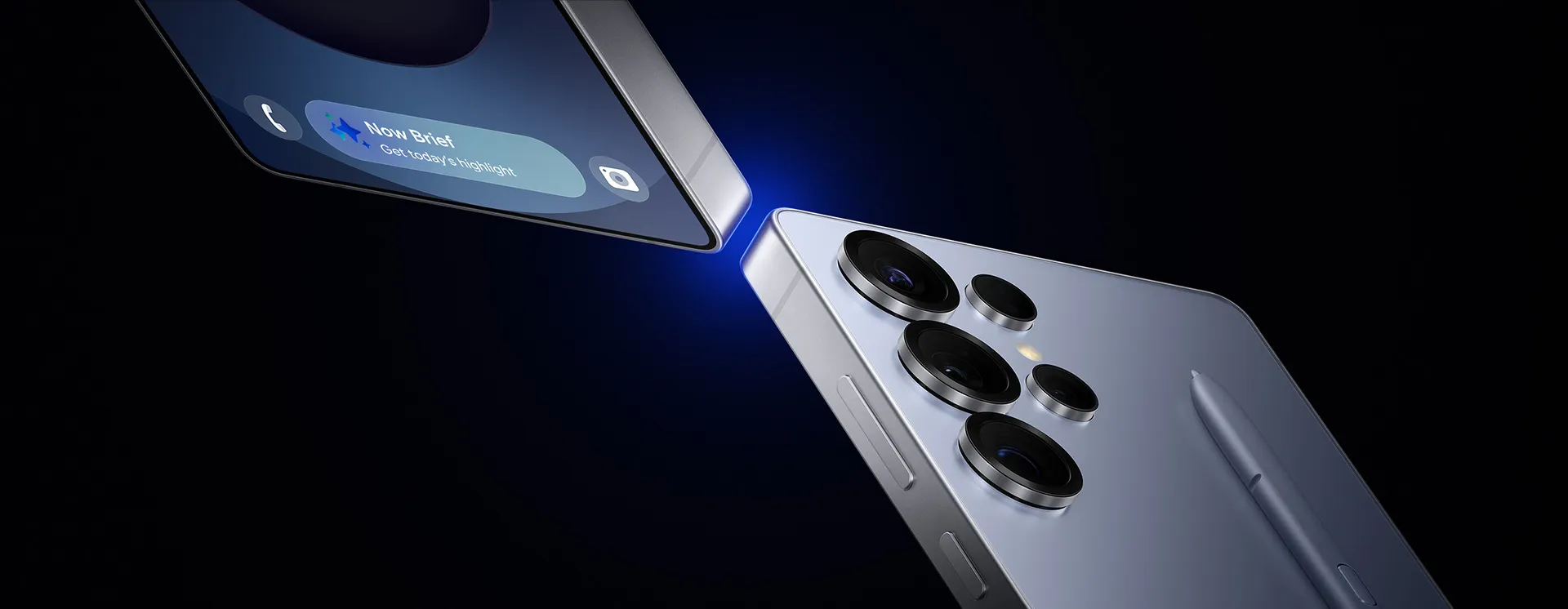

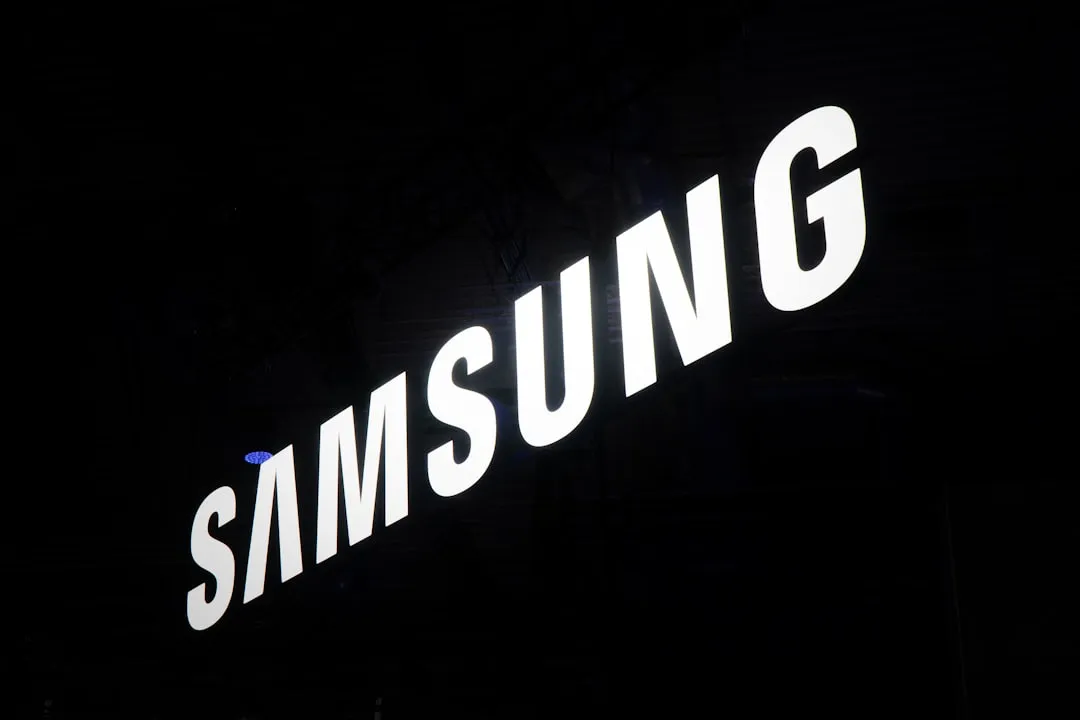

Comments
Be the first, drop a comment!